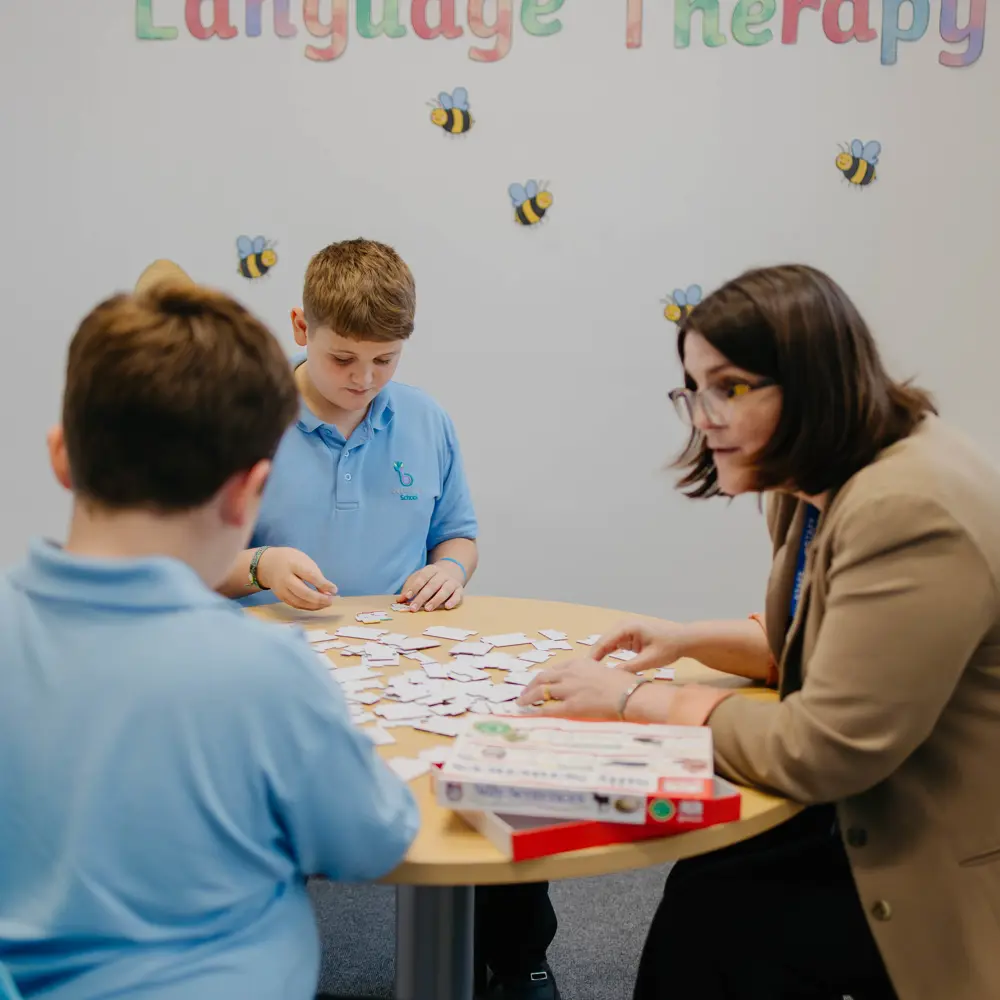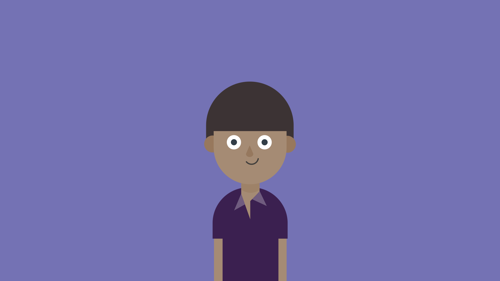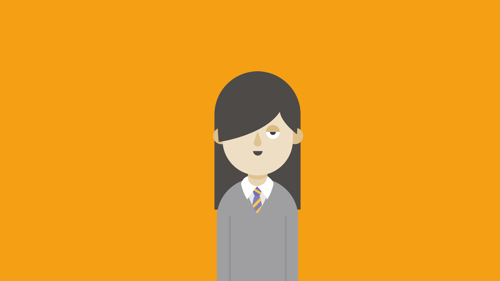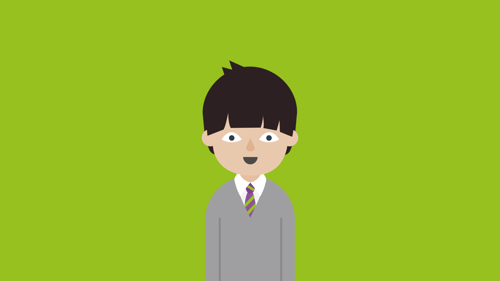What are speech, language and communication needs (SLCN)
Speech disorders occur when a person is impaired in their ability to form correct speech sounds resulting in challenges in communicating successfully. There are many forms of speech sound disorders, including phonological disorder/delay, articulation disorder, childhood apraxia of speech and dysarthria. Symptoms vary but can include, distorting sounds, adding sounds to words, missing sounds in words and using the wrong sounds in words.
The foundations of speech, language and communication development are built through looking, hearing and listening, concentration and playing. A child naturally acquires language from a very early age and goes through a recognised pattern of learning vocabulary, sentences and concepts to be able to communicate verbally. Add to this speech sound processes and attention and social development, and you realise how complex communication is.
When this natural process diverges from the normal pattern, for example, when a child has difficulty with grammar or speech sounds, poor listening or stammering, it often comes under the umbrella term SLCN. A speech disorder is defined as any condition that has an impact upon a person’s ability to produce sounds that create words. A speech disorder is not the same as a language disorder. A language disorder affects how a person communicates their thoughts, feelings and ideas effectively to others. It is estimated that one in 10 children have some sort of SLCN.
Speech, language and communication needs can have a big impact on a child or young person's learning and achievement at school. Children can be at risk of reading difficulties when they reach school age. Sometimes it can affect children’s social interaction skills and their ability to make and keep friends. Children with speech, language, communication needs often learn and understand better through visual or practical methods rather than verbal methods. For example, they would understand a story better if they watched it being acted out and drew it rather than being told verbally.
If you suspect your child has speech, language and communication needs or if they have received a diagnosis, there is a wide variety of help and support available. This page will guide you through a range of information for supporting your child’s speech and language needs. We provide answers to common speech and language FAQs and share additional internal and external speech and language resources available to you.
Speech & Language Frequently Asked Questions
The most common childhood speech language and communication needs (SLCN) are Articulation Disorder, Phonological Disorder/Delay, Stammering, and Language Disorders. Please find an explanation of each below.
Articulation Disorder (commonly known as a “lisp” – e.g. when a child does not pronounce the S sound correctly – or when a child cannot pronounce the R sound correctly. He may say “wabbit” instead of “rabbit”)
Stammering or stuttering occurs when speech is disrupted by involuntary repetitions, prolonging of sounds and hesitation or pausing before speech. Stammering is usually developmental, meaning it begins during early speech acquisition. No one knows the exact causes of a stammer in a child. It is considered to have a genetic basis, but the direct link has not yet been found. Children with relatives who stammer are 3 times as likely to develop a stammer. Stammering is also more typical in children who have congenital disorders like cerebral palsy. Stammering may come and go and increase and decrease at different times and in different speaking situations. Stammering acquired in adolescence and adulthood often results from changes such as damage to the brain, medication or extreme stress.
Language disorders include Developmental Language Disorder. Children, teenagers and adults can have difficulty with a mixture of the following: retrieving the right words, formulating sentences, understanding spoken and written language, and understanding and using grammar.
Please note that though these are some of the most common speech language and communication needs (SLCN) in children, no child is the same and you know your child best. If you feel that your child has a speech language and communication need (SLCN), contact your GP, local speech and language therapy team, health visitor or paediatrician to discuss options.
Causes are very often unknown. We do know that some are passed on within families; others are delayed in line with cognitive development; and some are an acquired or environmental problem, for example, speech sounds distorted by a dummy.
Hearing loss, physical difficulties and a host of other associated conditions like dyslexia have an impact on language learning. Speech, language and communication needs are also known elements of some neurodiverse conditions, including autism.
A person is diagnosed with a speech or language disorder following a thorough assessment by a Speech and Language Therapist (SaLT or SLT).The SLT will conduct a comprehensive assessment which might include formal tests, observations and speech or language samples. The SLT will also take a family/case history and may examine how the person moves their lips, jaw and tongue and examine the muscles of the mouth and throat. Based on assessment findings, SLTs formulate a diagnosis, considering the individual's unique needs and the potential impact of their difficulties on their communication, learning, social interaction and overall wellbeing. To gain a diagnosis for a child, the first step is often either to speak to the school nurse, who may help with making a referral to an SLT or through the child’s GP.
Communication developmental milestones to watch for include, but are not limited to:
- At 6 months, the child does not laugh, squeal or look towards sounds.
- At 9 months, the child has limited or no babbling or does not indicate when they are happy or upset.
- At 12 months, the child does not point to objects or use gestures such as waving or shaking their head.
- At 15 months, the child has not spoken their first words and does not respond to “no” or “bye bye.”
- At 18 months, the child does not speak at least 6-10 words consistently.
- At 20 months, the child does not use at least 6 consonant sounds or does not hear well or discriminate between different sounds.
- At 24 months, the child has a vocabulary of less than 50 words or has decreased interest in social interactions.
- At 36 months, strangers have difficulty understanding the child or my child uses simple sentences.
Speech and Language Therapists (SLTs) work with children and adults with communication difficulties to help them communication better or more easily. The type of therapy offered is personalised to the young person and also depends on the type and extent of the difficulties. Speech and language therapists work together with children, adults, families, carers and the wider workforce, to plan personalised therapy programmes which meet each individual’s communication needs.
Speech Sound Milestones by age:
- At 4-6 months, babies start to “coo”, squeal , growl, make “raspberries” or vowel-like sounds such as “oooo” and “eeee”.
- At 5 months, they begin to hear consonant sounds paired with a vowel such as “ba” or “ga."
- At 7-9 months, babies repeat and use reduplicated syllables such as “bababa” “mama” etc.
- At 10-12 months, they will babble and use variegated or mixed sounds such as “bagabaga” with a variety of developmental sounds.
Language Milestones:
- At 12 months, their first word
- At 18- 20 months, young children will use about 20 words
- At 24 months, they will use around 50 words and emerging two-word phrases (e.g., “me go,” “more please”)
Communication Milestones:
- At 4-6 weeks, children should begin to smile
- At 4 months, a child should begin to look towards voices they hear.
- At 6-7 months, children begin to pay attention to caregivers and reach upward to be picked up.
- At 8-9 months, they begin to “take turns” making babbling sounds.
- At 11 months, they point at objects that catch their interest.
- At 13 months, they may begin to shake their head “no”
In typical development, children learn to talk and understand words gradually. They learn from listening and talking to other people. Many parents/carers don’t realise that they play an important role in helping their children to develop their early communication skills. Naturally, we use a musical sing-song intonation and simple language when talking to young children, and keep our talking simple so the child can understand.
When a child is showing signs of a language delay, relative to their peers, or has difficulties listening or responding, it is time to seek help from a speech and language therapist.
For young children:
- Give your child time to talk! Try to make as much time to as possible for communication.
- Follow your child’s lead- use simple language to talk about what your child is doing or looking at. Children often need to hear words lots of times before they use them to talk.
- Simplify instructions and be prepared to repeat them.
- Use gestures such as pointing to help your child understand you.
- Encourage good listening.
- Encourage regular, constant reinforcement of skills introduced at speech and language sessions.
- Make use of books, nursery rhymes, and singing to help your child learn new words.
- Encourage imagination – can your child think of games to play? Songs to sing? Can they make up their own songs? Can they think of a story starter? An alternative ending to a story?
Always trust your instincts; you are with your child the most. Some children who are late talkers catch up with their peers without speech and language therapy. Other children need ongoing support from a speech and language therapist. Seeking out early support helps children to develop their communication skills, reducing frustration and improving self-esteem.
A speech and language therapist is the first stop for a child with a speech or language difficulty. They can identify the difficulty and create a personalised plan to support the child. The SLT will liaise with the child’s teacher or special educational needs co-ordinator (SENCo) about how to provide support either in class or individually. If necessary, a specialist in hearing impairment, stammering, phonology or another expert may be involved. In some cases, a paediatrician or medical professional will want to assess the child.
You can contact your local NHS Speech and Language Therapy service or speak to your GP, Health Visitor or school staff about a referral.
Some people choose to pay to access private speech and language therapy. You can look for a private SLT on the website for the Association of Speech and Language Therapists in Independent Practice: https://asltip.com/find-a-speech-therapist/
It varies across the country, but often Parents, GPs, health visitors, and school or early years staff can make a referral to an SLT.
Children may be referred for speech and language therapy for a variety of reasons, including:
- Language delay
- Difficulties understanding people
- Specific difficulties in speech and producing sounds
- Hearing impairment
- Cleft palate
- Stammering/dysfluency
- Autism/social interaction difficulties

How we support children with speech and language disorders
Our therapeutic support is embedded throughout all of the work we do with children and young people, to enable them to overcome their speech and language challenges and reach their full potential.
Our Clinical Services Team is based within each of our schools, enabling the children to access support, necessary assessments, and tailored programmes which are then integrated into their daily activities. Our team members are well-known to children and continuously work to establish and develop their trust.
We love to celebrate the successes and achievements of children and young people in our schools. Below we share some of the stories that best represent how staff across our Group positively impact lives.
Sign up here
Stay in the know
If you want to be kept informed of our latest webinars and resources, sign up below and let us do the rest!




